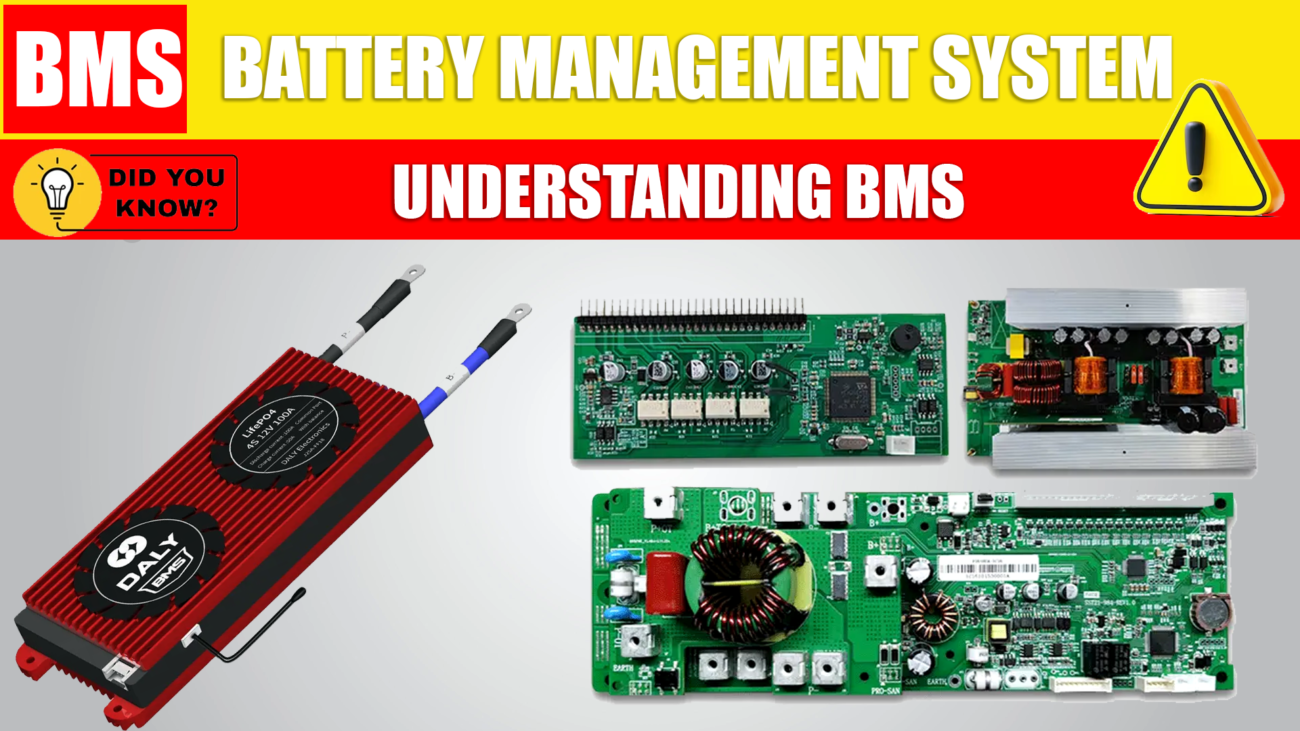Unlocking the Power of Battery Management Systems: A Comprehensive Guide
In today’s technology-driven world, batteries have become an essential part of our lives. From smartphones and laptops to electric vehicles and renewable energy storage systems, batteries power many devices and industries. However, sophisticated monitoring and control systems are required to ensure optimum performance, safety, and longevity of batteries. This is where the battery management system (BMS) comes into play. In this article, we will explore the exciting world of BMS and learn about its key components, their functions, and their important role in improving battery performance.
Understanding the battery management system:
A battery management system (BMS) is an electronic system that monitors and controls the charging and discharging of batteries. Its main purpose is to ensure the safe and efficient operation of the battery by regulating various critical parameters. The BMS acts as a protective device, protecting the battery from overcharging, over-discharging, and temperature extremes. This is achieved by integrating various components and algorithms that work in harmony to optimize battery performance.
Key Components of a Battery Management System:
A BMS comprises several essential components that work together to monitor and manage the battery. These components include:
Battery Monitoring Unit (BMU):
The BMU is responsible for measuring key battery parameters such as voltage, current, and temperature. It provides real-time data to the BMS for analysis and decision-making.
Cell Balancing Circuit:
Battery cells in a pack can have slight variations in their electrical characteristics, which can lead to imbalances. The cell balancing circuit ensures uniform charging and discharging across cells, maximizing the overall battery capacity and lifespan.
State-of-Charge (SOC) Estimation:
SOC estimation algorithms determine the amount of charge remaining in the battery. This information is crucial for accurate battery management and enables users to assess the available energy.
Temperature Monitoring and Regulation:
To prevent overheating or extreme temperature conditions, BMS incorporates temperature sensors and control mechanisms to maintain the battery within safe operating limits.
Functions and Benefits of Battery Management Systems:
The BMS performs several vital functions that contribute to improved battery performance and safety:
Overcharge and Over-Discharge Protection:
BMS prevents the battery from being charged beyond its safe voltage limit, protecting it from potential damage or thermal runaway. Similarly, it ensures that the battery is not discharged below critical levels, avoiding irreversible damage and potential hazards.
Cell Balancing for Optimal Performance:
The BMS equalizes the charge levels among cells, mitigating capacity variations and maximizing the overall energy storage capability of the battery pack.
State-of-Charge (SOC) Monitoring:
Accurate SOC estimation helps users determine the available energy and plan their usage accordingly. It enables efficient utilization of battery capacity and prevents unexpected power outages.
Temperature Regulation:
BMS monitors the battery temperature and takes necessary actions to maintain it within the safe operating range. This protects the battery from thermal stress and extends its lifespan.
Fault Diagnosis and Safety Measures:
BMS continuously monitors battery performance, detects anomalies, and triggers appropriate safety measures, such as disconnecting the battery in case of critical faults.
Applications of Battery Management Systems:
BMS finds application in various industries and sectors:
Electric Vehicles (EVs): BMS plays a crucial role in electric vehicle batteries, ensuring efficient energy utilization, prolonging battery life, and providing critical safety features.
Renewable Energy Storage: BMS facilitates the integration of renewable energy sources by efficiently managing energy storage systems. It enables smooth power flow and safeguards the battery during charging and discharging cycles.
Portable Electronic Devices: BMS ensures the safe and optimal operation of batteries in devices like smartphones, laptops, tablets, and wearable devices, enhancing their performance and lifespan.
Industrial and Backup Power Systems: BMS is essential in industrial applications and backup power systems, providing reliable energy storage and ensuring uninterrupted power supply.
Future Trends and Advancements:
The field of BMS is continuously evolving, driven by the increasing demand for efficient and sustainable energy storage solutions. Some future trends and advancements in BMS include:
Advanced Algorithms and Machine Learning: BMS algorithms are becoming more sophisticated, leveraging machine learning and artificial intelligence techniques for enhanced performance and predictive analytics.
Wireless Monitoring and Communication: Wireless connectivity enables real-time monitoring, remote diagnostics, and firmware updates, simplifying maintenance and improving overall system efficiency.
Integration with Smart Grids: BMS integration with smart grids allows bidirectional power flow, enabling dynamic energy management and grid stabilization.
Solid-State Batteries: BMS technologies are being developed specifically for solid-state batteries, which offer higher energy densities and improved safety.
Battery Management Systems (BMS) play a critical role in optimizing battery performance, ensuring safety, and extending the lifespan of rechargeable batteries. By monitoring and controlling various parameters, BMS protects batteries from overcharging, over-discharging, and extreme temperatures. The sophisticated algorithms and components integrated into BMS enable cell balancing, accurate SOC estimation, fault diagnosis, and temperature regulation. BMS finds applications in electric vehicles, renewable energy storage, portable electronic devices, and industrial power systems. As technology advances, BMS is poised to become even more intelligent and capable, contributing to the development of efficient and sustainable energy storage solutions for a brighter future.
 Cart is empty
Cart is empty 









